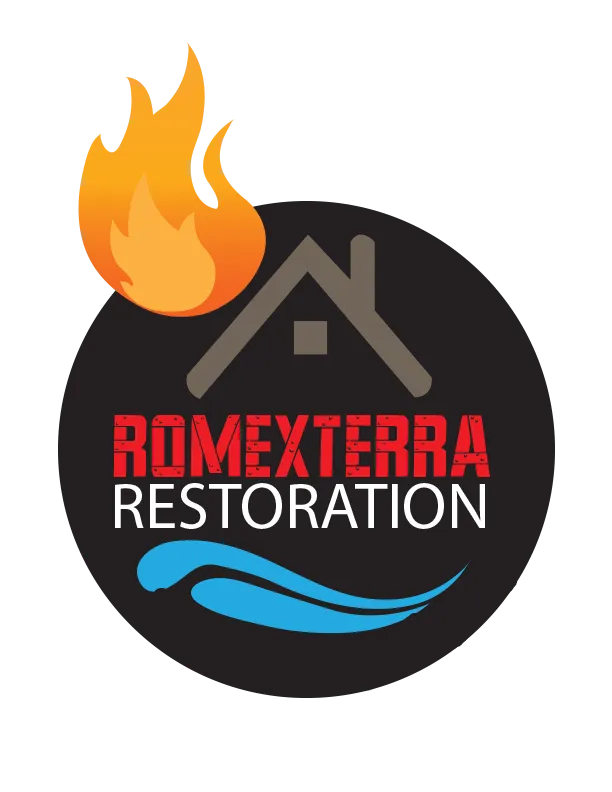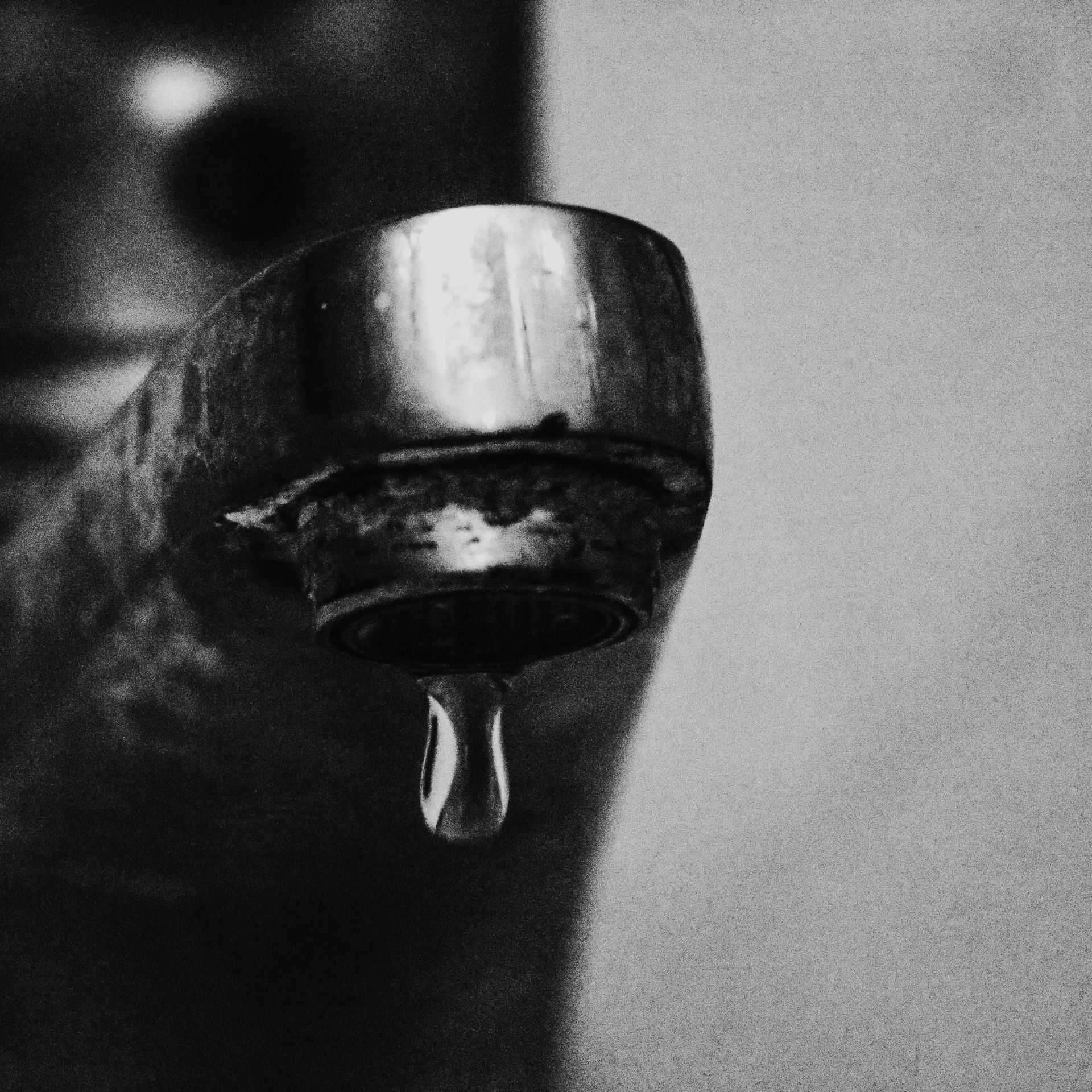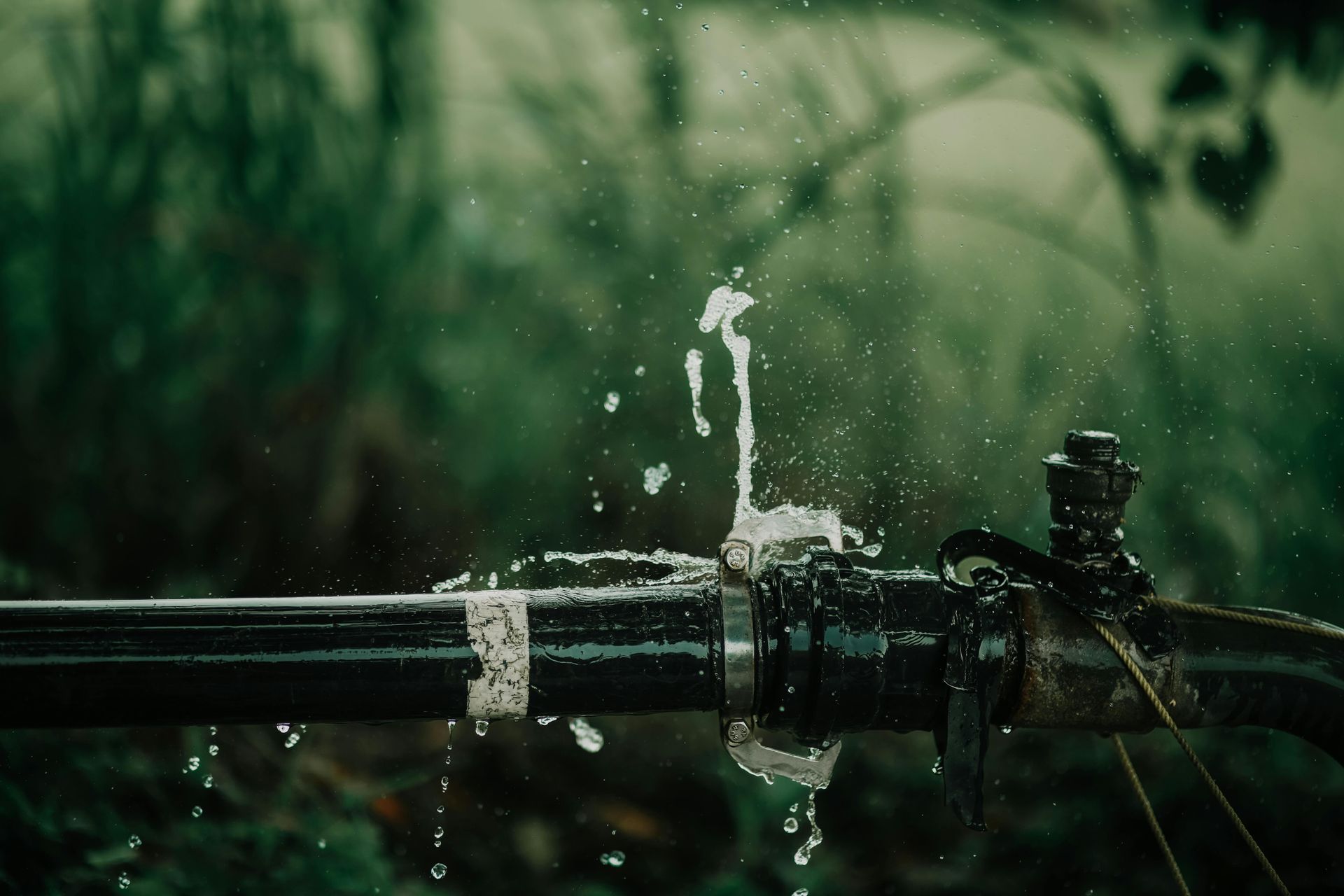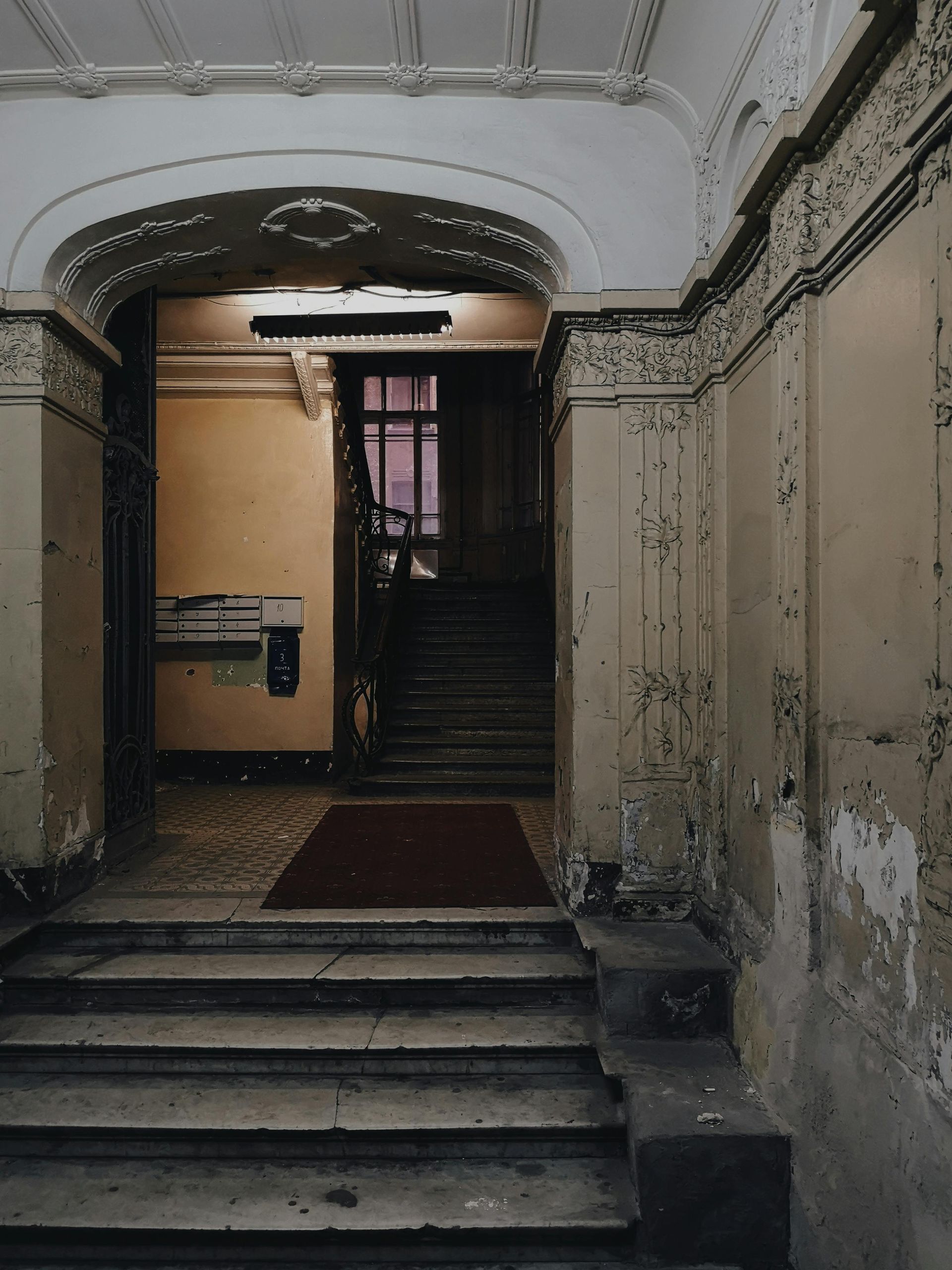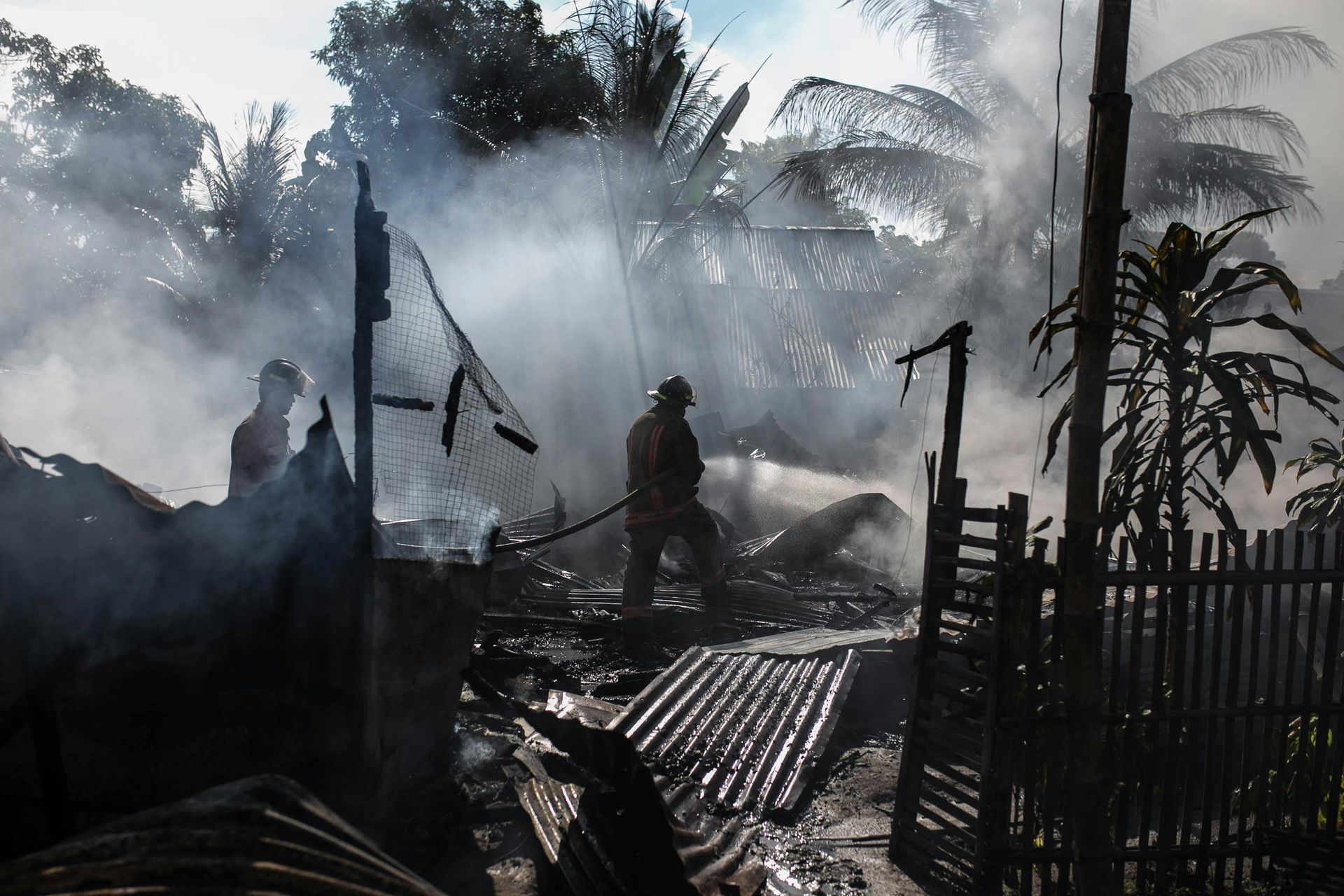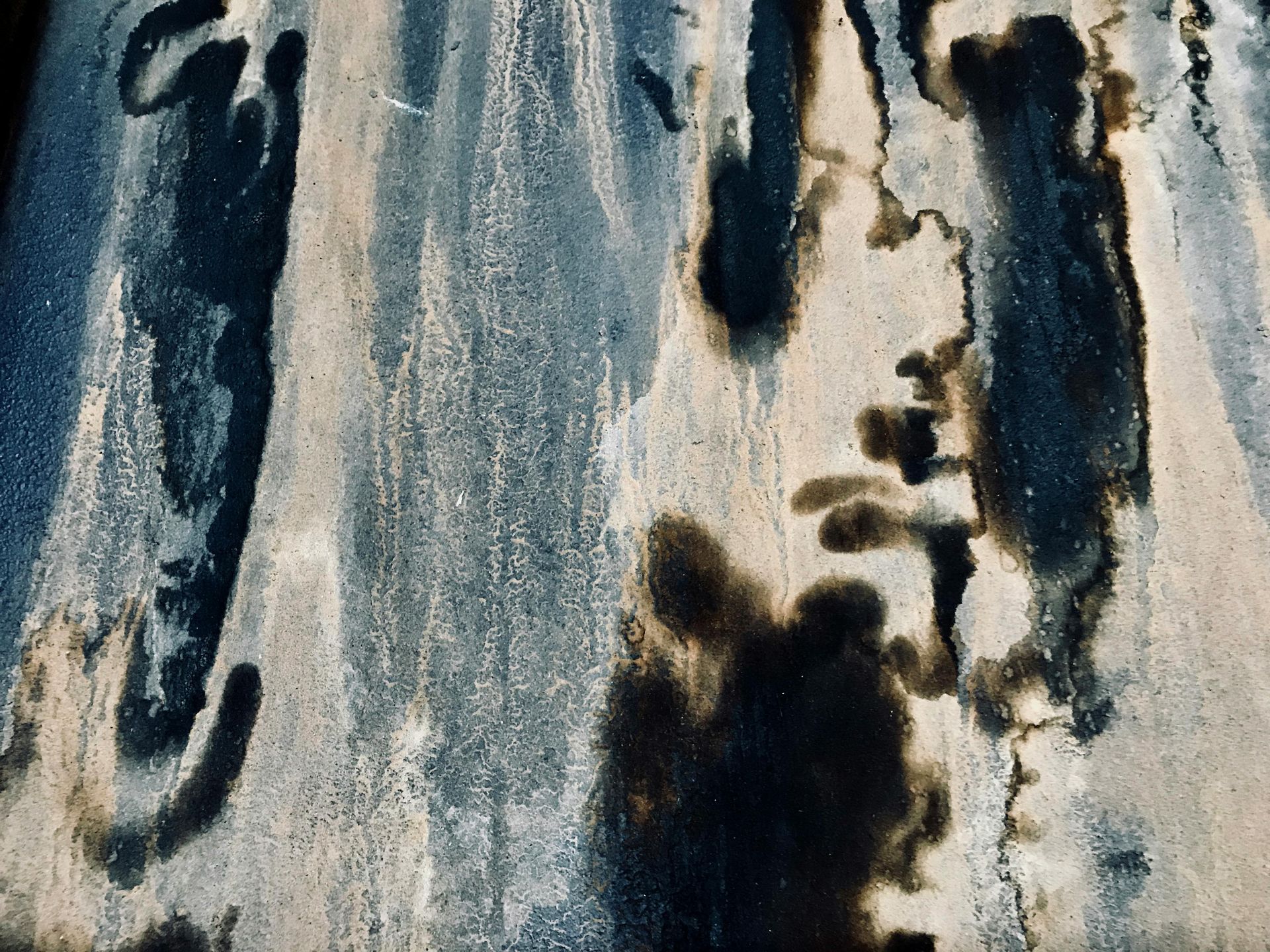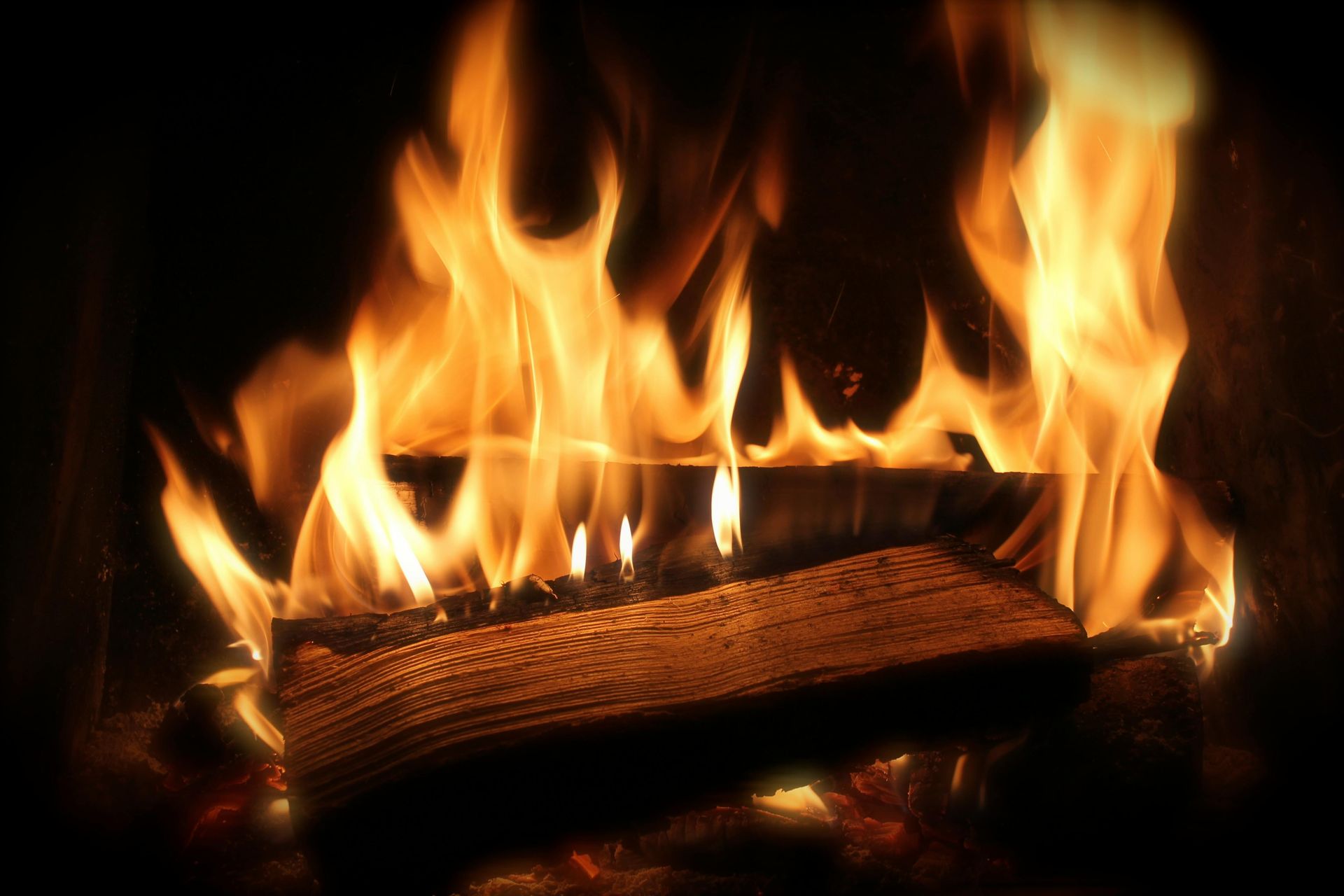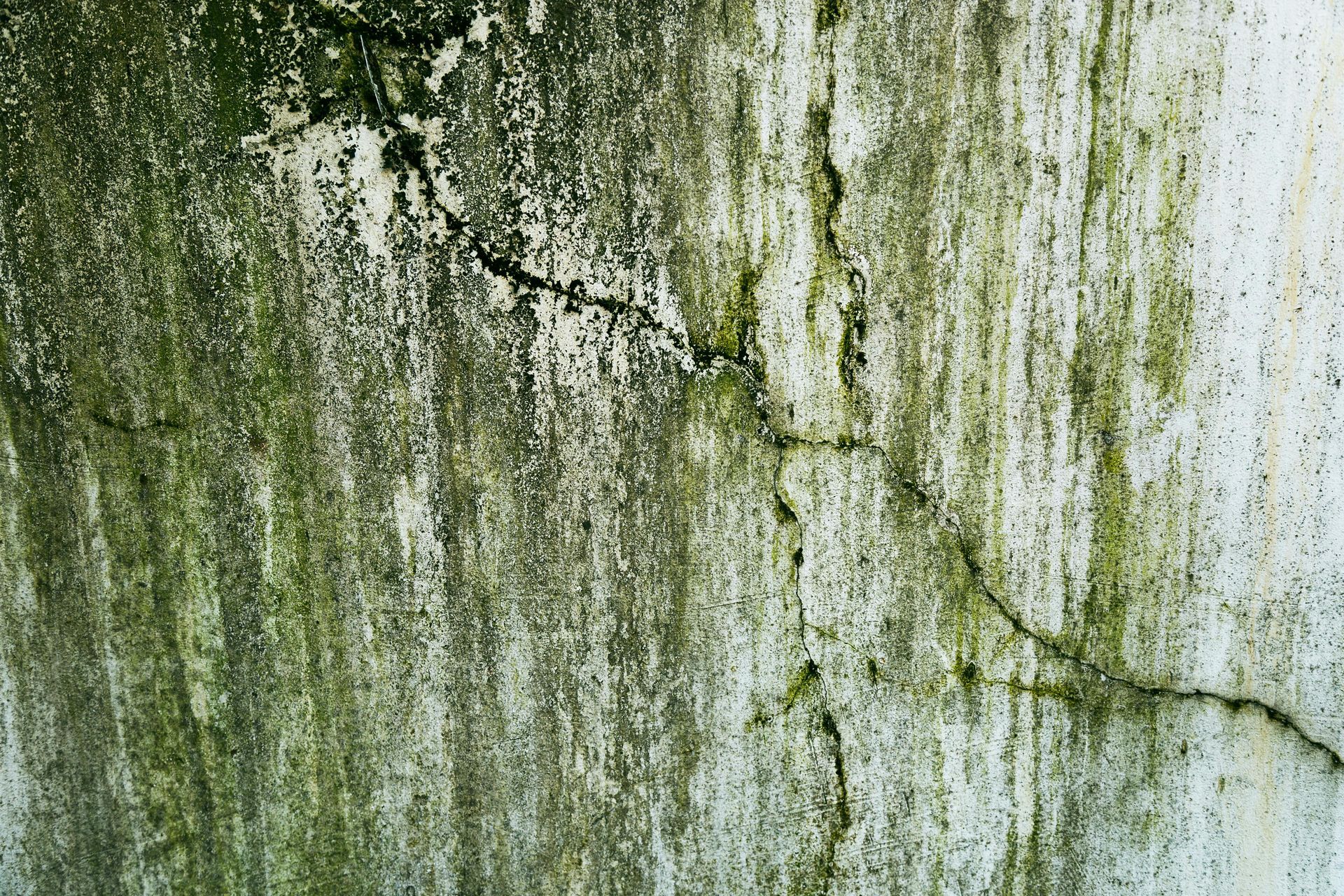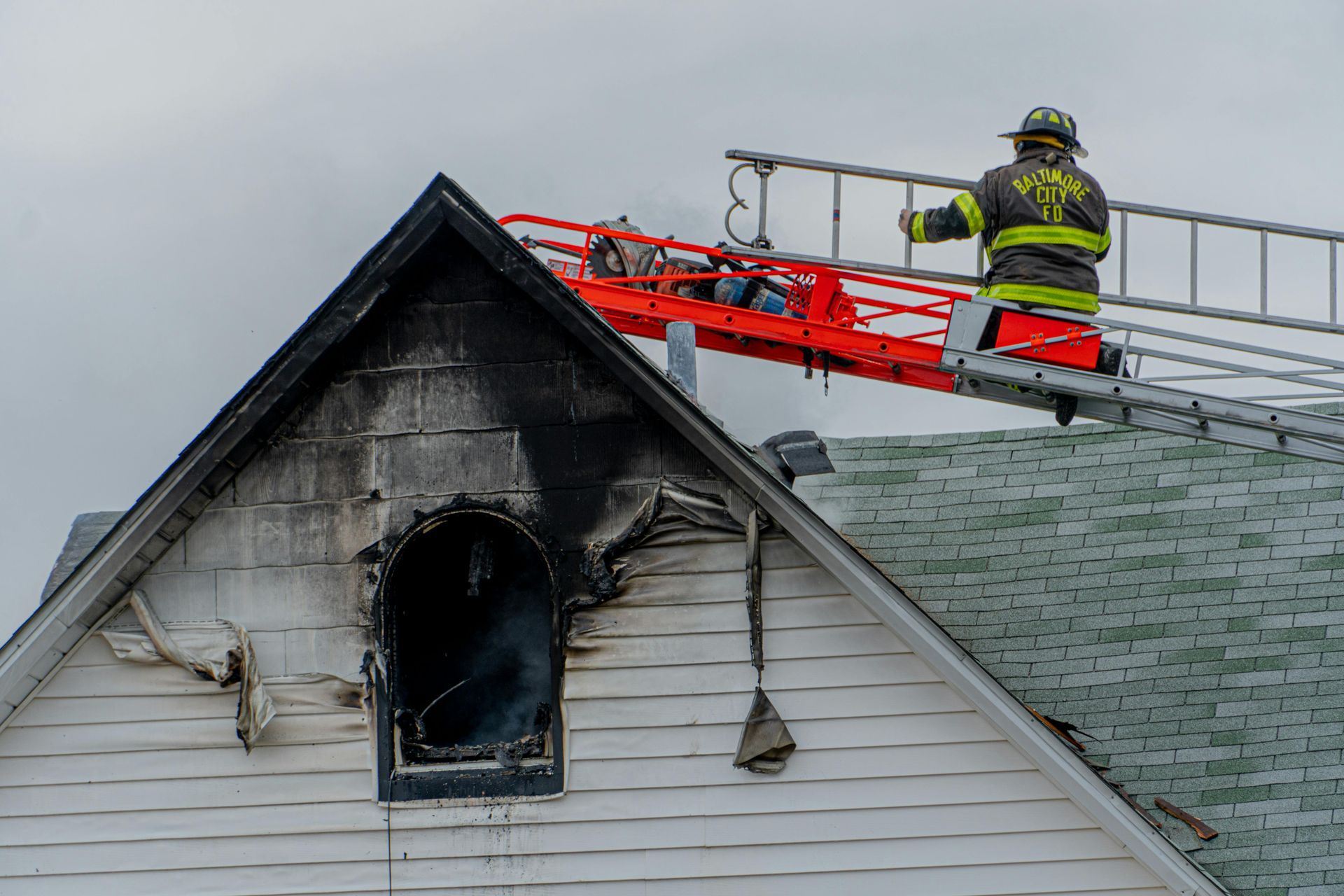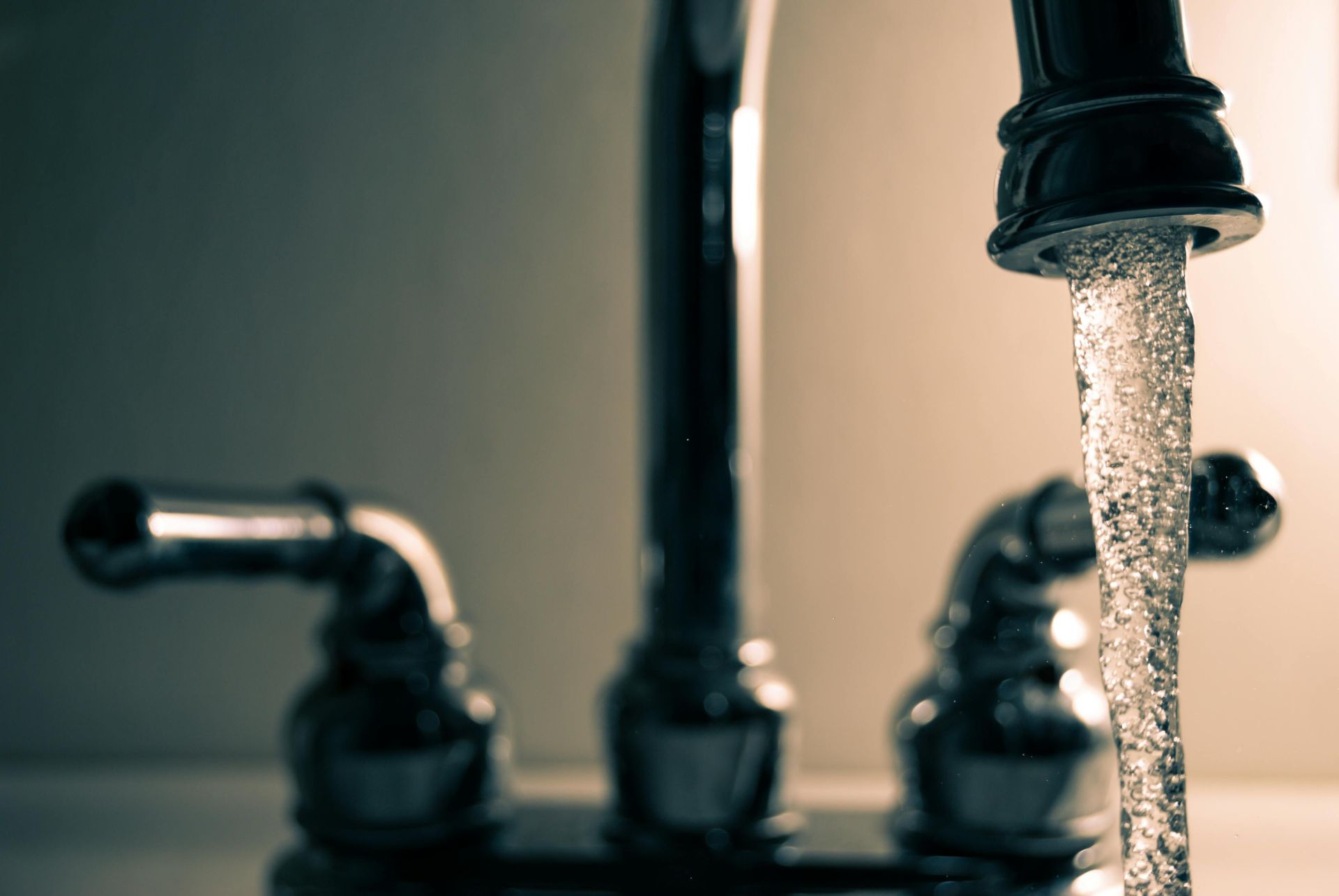Ultimate Guide: The Process of Water Damage Restoration
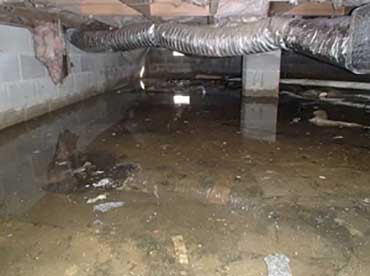
What is water restoration? As we delve into the world of water damage restoration, homeowners and property managers alike must grasp its importance. Understanding this process helps you act swiftly and appropriately when water damage strikes, minimizing property loss and preventing additional issues such as mold growth. Water damage can rear its head due to various reasons, from unforeseen natural disasters like floods and heavy storms to domestic issues such as plumbing failures or appliance leaks.
Throughout this article, we'll unpack the step-by-step water damage restoration process. We'll start by discussing immediate response actions, followed by assessment, water removal, drying, and dehumidification. We'll wrap up with a conversation about cleaning, sanitizing, and finally, restoring your property to its pre-damage condition.
What is Water Damage?
Water damage refers to a variety of potential losses caused by water intruding where it enables destructive processes like rotting of wood, growth of mold, bacteria proliferation, swelling of composite woods, de-laminating of materials such as plywood, and many others. Although it can occur in any area of a property, it is particularly concerning when it affects areas like living spaces, storage areas, or mechanical equipment. The extent of water damage can be minor, limited to superficial discoloration, or it can be catastrophic, involving structural damage to a property. Understanding the nature and scope of water damage is the first step in the restoration process.
There are three primary categories of water damage, namely, clean, gray, and black water. Clean water comes from rain or leaky pipes and poses no immediate health risks. Gray water includes water from appliances like washing machines or dishwashers and may contain some contaminants. Black water, however, is the most dangerous as it contains sewage or flood waters and can pose serious health threats.
Regardless of the category, a quick response to water damage is critical. Delayed action can lead to further destruction, including structural damage to the building and the growth of mold, a significant health hazard.
Common areas and items that are most susceptible to water damage include basements, bathrooms, kitchens, and any place in your home with plumbing. Items such as carpeting, drywall, and furniture are also highly susceptible to water damage. Understanding these potential risks makes it easier for us to prevent and manage water damage effectively. So, what does a water remediation company do?
Step 1: Initial Assessment and Safety Measures
Before anything else, safety should be our top priority. We need to ensure that the electricity is turned off and we're properly geared up with protective equipment. Our initial assessment will determine the extent of the water damage. We'll use advanced equipment and techniques, such as moisture detectors, hygrometers, and infrared cameras, to measure the damage and track the drying process. This is also the perfect time to document the damage for insurance purposes. Remember, thorough documentation is crucial for successful insurance claims.
Step 2: Water Removal Process
Once the damage has been assessed, we must act quickly to remove the water. Professionals use powerful pumps and vacuum units to rapidly remove hundreds or even thousands of gallons of water from your property. Time is of the essence to prevent mold growth and structural damage. If you're considering a DIY approach, you'll need to rent or buy a wet/dry vacuum and be sure to take all necessary safety precautions.
Step 3: Drying and Dehumidifying
Water removal is just the first step. We also need to thoroughly dry and dehumidify the area. Drying removes the bulk of the water, while dehumidification eliminates the moisture in the air that can lead to mold and mildew. We'll use industrial-grade air movers and dehumidifiers for this remediation process. It's crucial to check and ensure that hidden areas, like behind walls and under flooring, are also thoroughly dried.
Step 4: Cleaning and Sanitizing
Next, we'll clean and sanitize the affected areas to eliminate any potential mold, bacteria, or other hazards. This includes cleaning walls, carpets, and personal items. We'll use a range of cleaning products, both natural and chemical-based, depending on the situation. The key here is to choose the right cleaning agent for the job to prevent further damage.
Step 5: Restoration and Repair
Finally, we're ready for the restoration and repair process. This can range from minor repairs like painting and fixing drywalls to major ones like reconstructing entire rooms. We'll also work on restoring damaged furniture and personal items. In cases of extensive damage, you might need to call in professional contractors to ensure everything is restored to its pre-damage condition.
Can You Prevent Water Damage?
While it's impossible to prevent all potential water damage, there are several proactive measures we can take to significantly reduce our risk. Here are some tips to help keep your property safe:
- Schedule Regular Maintenance and Inspections: Just as we take our cars in for regular tune-ups, our homes also benefit from periodic check-ups. Have professionals inspect your plumbing systems, roof, and HVAC units for potential issues that could lead to water damage.
- Install Water Sensors: These handy devices can detect water leaks and changes in humidity levels, alerting you to potential problems before significant damage occurs. Place them near appliances, pipes, and areas like basements and bathrooms that are prone to water damage.
- Mind Your Landscaping: Believe it or not, the way you arrange your outdoor space can impact your risk of water damage. Make sure your yard slopes away from your house to prevent water from pooling around your foundation. Also, be mindful of where you plant trees and shrubs, as their roots can grow into your pipes and cause leaks.
- Keep Your Gutters Clean: Gutters are your first line of defense against water damage, directing rainwater away from your home's foundation. Make sure to clean them regularly and check for any blockages, especially after a storm.
- Stay on Top of Plumbing Maintenance: Keep an eye out for any signs of leaky pipes, such as moisture under sinks or discolored water. Address minor plumbing issues promptly to prevent them from becoming major headaches down the line.
Prevention is always better than cure. Regular maintenance and vigilance can save you from costly repairs and preserve the integrity of your property.
How to Choose a Water Damage Restoration Professional
Choosing the right professional for water damage restoration is critical to safeguarding your property. It's not a decision to take lightly - the expertise and quality of service can greatly impact the outcome of the restoration process. Here are some factors to consider and questions to ask when making your choice:
- Certification: Ask if the company is certified by a reputable authority, such as the Institute of Inspection Cleaning and Restoration Certification (IICRC) or the Restoration Industry Association (RIA). These certifications ensure that the company adheres to industry standards and employs trained technicians.
- Insurance: Ensure that your chosen restoration company carries comprehensive liability insurance and workers' compensation insurance. This protects both you and the company in the case of any accidents during the restoration process.
- Reviews and References: Look into the company's reputation. Read online reviews, preferably from a variety of sources, and ask the company for references. Pay particular attention to how the company responds to negative reviews - this can be an indicator of their commitment to customer service.
- Experience: Inquire about the company's experience. Have they handled situations similar to yours? What's their track record in dealing with insurance companies? Experience can make a significant difference in the outcome of the restoration process.
- Availability: Water damage is an emergency that requires immediate attention. Check if the company offers 24/7 emergency services. Ask about their response time - the faster they can get to your property, the better.
- Detailed Plan: A professional water damage restoration company should provide a detailed plan of how they'll handle your specific situation, including an estimate of the time and costs involved.
- Equipment: Ask about the equipment they use. Do they employ state-of-the-art technology such as dehumidifiers, air scrubbers, moisture detectors, and other advanced equipment? High-quality equipment can ensure a more effective and efficient restoration process.
When selecting a water damage restoration company, we recommend asking the following questions:
- What certifications do you hold?
- Do you carry comprehensive insurance?
- Can you provide references from previous clients?
- What type of water damage restoration experience do you have?
- Do you offer 24/7 emergency services?
- Can you provide a detailed plan for my specific situation?
- What kind of equipment do you use in the restoration process?
By focusing on these factors and asking these questions, you'll be better equipped to make a confident, informed decision when choosing a water damage restoration professional. After all, your property is too important to entrust to anyone but the best.
What's Your Water Damage Plan? Stay Safe With Romexterra Restoration
At Romexterra Restoration, we are committed to industry-leading standards, maintaining essential certifications and providing 24/7 emergency services. Our experienced team, armed with advanced equipment, is ready to take on any water-damage situation and restore your property to its pre-damage condition. Remember, it's not just about responding to a crisis but also preventing one. Why not schedule a consultation with us today? Let Romexterra Restoration be your partner in water damage prevention and restoration. Call us now!
Water Damage Restoration Process FAQs
How long does it take to restore a home after water damage?
The time it takes to restore a home after water damage can vary significantly depending on the extent of the damage. Typically, drying out a property can take around 2-5 days, but full restoration and repair can take weeks or even months.
How long does it take for water to cause structural damage?
Water can start causing structural damage to a property within 48-72 hours. However, if water exposure is prolonged, it could lead to more serious structural damage over a period of weeks or months.
How much does water damage restoration cost?
The cost of water damage restoration can depend on a range of factors, from the extent and type of water damage to the size of the area affected. A minor restoration job might cost a few hundred dollars, while severe damage could cost several thousands.
What is the difference between mitigation and remediation of water damage?
Mitigation in terms of water damage refers to the immediate steps taken to stop the spread of damage. Remediation, on the other hand, involves repairing or restoring the property to its pre-damage conditions after the water has been mitigated.
Is water damage reversible?
Yes, water damage can often be reversible through proper cleaning, drying, and restoration; however, the process must start as soon as possible to prevent long-term structural damage and mold growth. It's important to consult professionals for severe cases of water damage.
